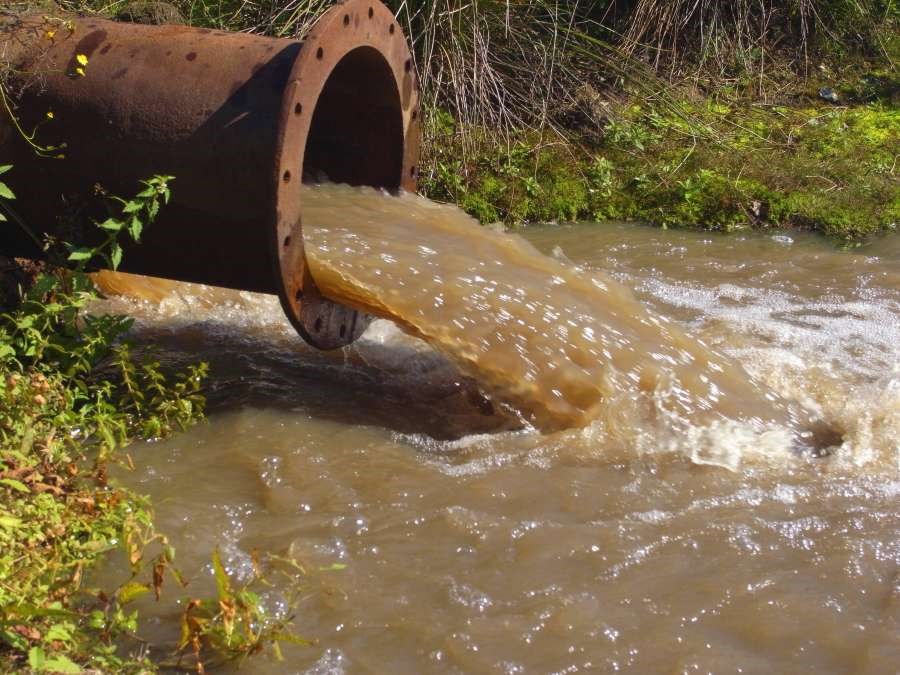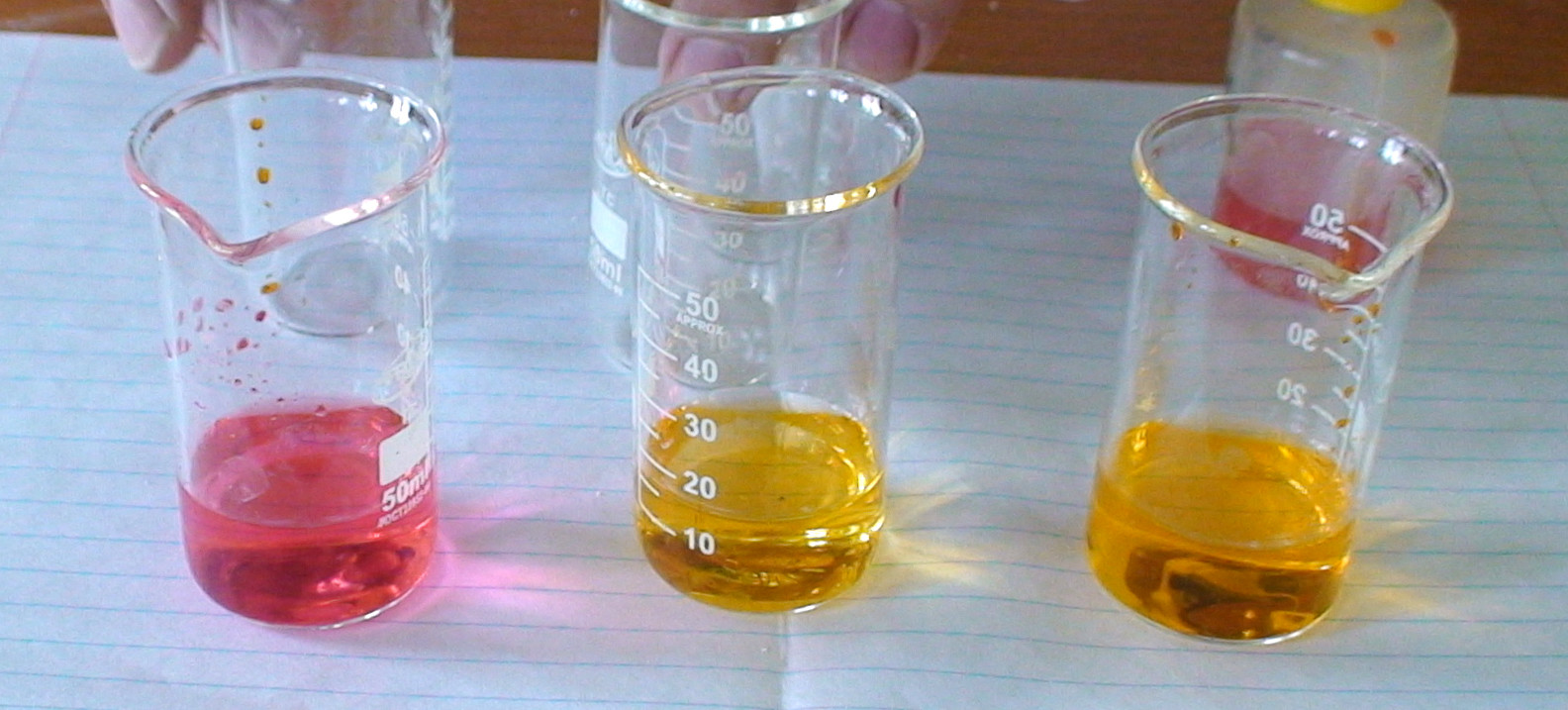Fe2+ can react with o-phenanthroline to form an orange-red complex. The absorbance is measured at a wavelength of 510m, and the Fe2+ content in the unknown water sample is determined by the working curve method. On the basis of drawing the working curve, according to the national standard method for environmental water quality testing (o-phenanthroline spectrophotometry), the existing water samples were measured for Fe2+. During the measurement, the operating specifications were strictly followed and data records were made.

Reagents used for detecting Fe2+ with o-phenanthroline
(1) Iron standard stock solution: accurately weigh out 0.7020g of ferrous ammonium sulfate (NH4)2Fe(SO4)2.6H2O, dissolve it in 50ml of (1 ten 1) sulfuric acid, stir thoroughly and dissolve, then transfer to In a 1000ml volumetric flask, add water to the volumetric flask and shake well. The iron content of this solution is 100ug/ml.(2) Iron standard liquid: accurately pipette 25ml of iron standard stock solution, place it in a 100ml volumetric flask, add water to the volumetric flask and shake it well. The iron content of this solution is 25ug/ml.
(3) (1+3) Hydrochloric acid: It is a mixture of 1 volume of concentrated hydrochloric acid and 3 volumes of water.
(4) 10% hydroxylamine hydrochloride solution: accurately weigh 10g hydroxylamine hydrochloride and dissolve it in 100mL water
(5) Buffer solution: accurately weigh 40g of ammonium acetate into 50ml of glacial acetic acid, transfer to a 100ml volumetric flask, add water to the volumetric flask and shake well.
(6) 0.5% o-phenanthroline aqueous solution: accurately weigh 0.5 g of o-phenanthroline and dissolve in water. If it is difficult to dissolve, add a few drops of hydrochloric acid to help dissolve, and then transfer it to a 100ml volumetric flask. Shake well after threading.

Instruments used to detect Fe2+
1. Spectrophotometer2. Analytical balance: accuracy ±0.001g.
3. Erlenmeyer flask: 150mL.
4. Pipette: 5, 10, 50mL
5. Cuvette: 10mm
6. Colorimetric tube with stopper: 50ml
7. Ear wash ball
Precautions for reagent preparation
1. Since the iron content of each batch of reagents is different, it is necessary to redraw the calibration curve every time a new test solution is prepared.2. Water samples containing CN or S2 ions are being acidified. It must be done carefully, because toxic gases will be generated.
3. If the iron content of the water sample is relatively high, it can be diluted appropriately; if the concentration is low, a 30mm or 50mm cuvette can also be used.



